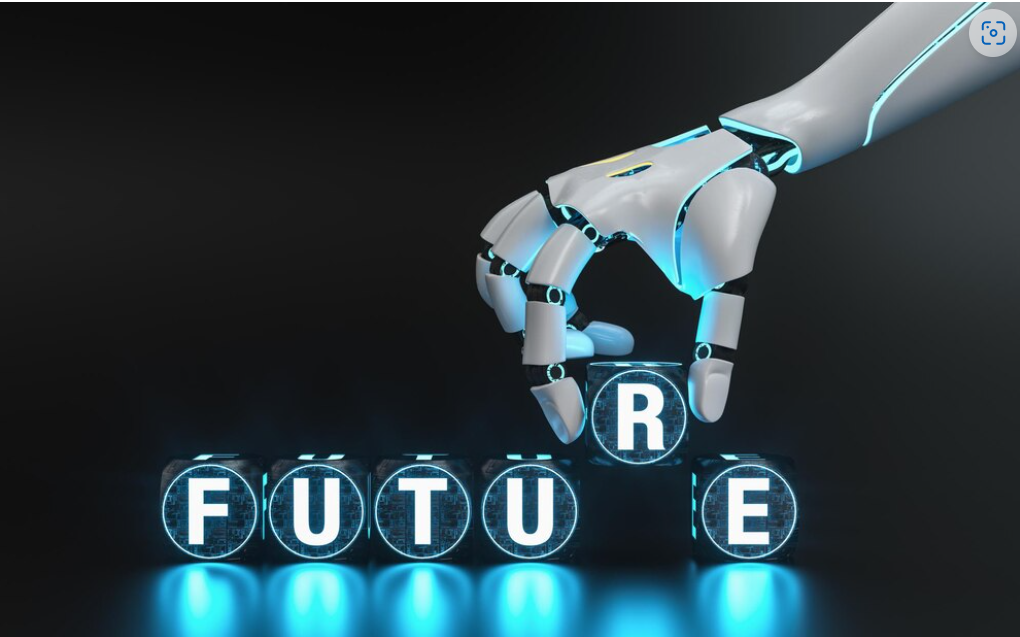Artificial intelligence (AI) has come a long way since its inception, and the future of AI looks brighter than ever. In this article, we will explore some of the top trends that are shaping the future of AI and how they will impact various industries.
- Natural Language Processing (NLP) – NLP is an AI technology that enables machines to understand and interpret human language. NLP is already being used in various applications, including virtual assistants, chatbots, and sentiment analysis. In the future, NLP is expected to become even more advanced, allowing machines to understand the nuances of human language and communicate with us more effectively.
- Computer Vision – Computer vision is another AI technology that allows machines to interpret visual data from the world around us. Computer vision is already being used in applications such as facial recognition and self-driving cars. In the future, computer vision is expected to become even more advanced, allowing machines to interpret complex visual data and perform tasks that require a high degree of visual acuity.
- Edge Computing – Edge computing is a distributed computing model that brings data processing and computation closer to the source of the data, rather than sending it to a centralized cloud server. Edge computing is ideal for AI applications that require real-time processing, such as autonomous vehicles or industrial automation. In the future, edge computing is expected to become more prevalent, enabling AI systems to operate more efficiently and effectively.
- Explainable AI – Explainable AI is an emerging field that seeks to make AI systems more transparent and understandable. Currently, many AI systems are considered “black boxes” because it’s not clear how they arrive at their decisions. Explainable AI seeks to address this challenge by enabling humans to understand how AI systems arrive at their decisions, making them more transparent and accountable.
- Federated Learning – Federated learning is a distributed machine learning technique that allows multiple devices to train a shared machine learning model without sharing their data with a centralized server. Federated learning is ideal for applications that require privacy and security, such as healthcare or finance. In the future, federated learning is expected to become more prevalent, enabling AI systems to learn from vast amounts of data without compromising privacy or security.
In conclusion, AI is rapidly evolving, and the future of AI looks bright. By keeping up with the latest trends and technologies, we can ensure that we stay ahead of the curve and leverage the power of AI to improve our lives in countless ways.



















